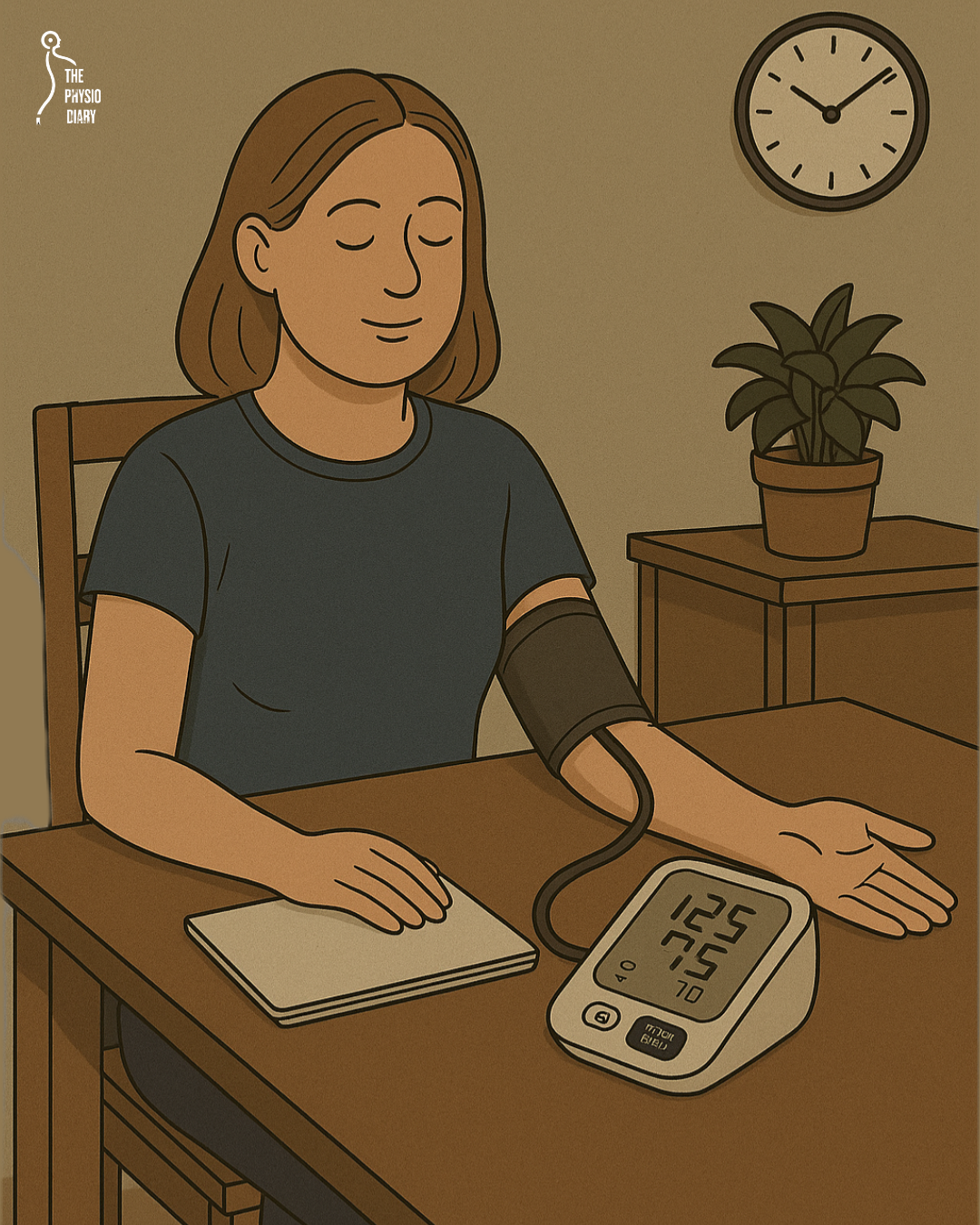Best Home Exercises for Infants (and Children) with Erb’s Palsy

Introduction In our previous post , we explored how certain play activities can lead to injuries in children. Today, we're sharing a hands-on guide to help you care for a child living with Erb’s Palsy—especially when it’s present from birth. This post will empower you with simple but important steps to support your child’s recovery from home; and even after Physiotherapy visits. Materials Needed Safe baby toys (rattles, soft balls) Journal or notepad to track progress Understanding Erb’s Palsy Erb’s Palsy is caused by injury to the brachial plexus, a bundle of nerves near the neck and shoulder. It usually affects one arm, resulting in: Weakness or paralysis of the arm Poor grip on one side Limited shoulder or elbow movement Steps to Care for Your Child Step 1: Observe Carefully Pay close attention to them during sleep, play, and feeding times. Watch for: One arm hanging limply or held still Avoidance of using one arm Limited finger movement Use a journal to note daily ...





